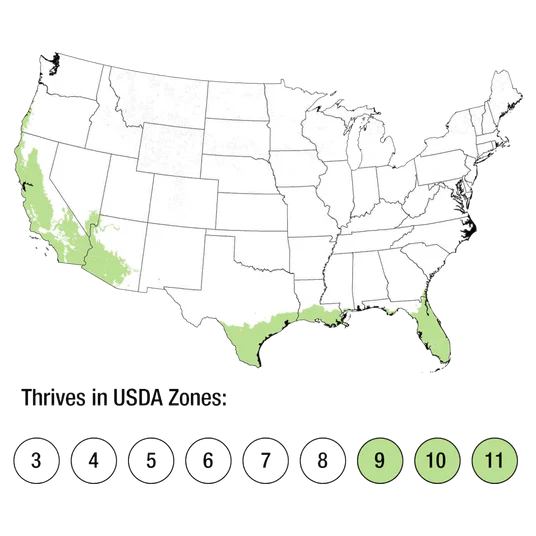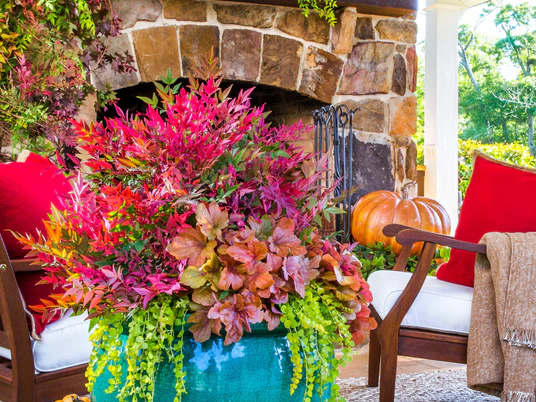Yellow African Iris
Yellow African Iris - 2.5 Quart is backordered and will ship as soon as it is back in stock.
Description
Description
The Yellow African Iris, also known as the Butterfly Lily, Butterfly Iris or Fortnight Lily is a tall grass-like perennial with a serious clustering growth form. It produces beautiful pale-yellow flowers with three dark-brown spots which only last one days but will quickly re-bloom in cycles from spring into fall.
With a naturally clumping growth habit, they reach 2-3' H x 3-4' W at maturity. Therefore, they're extremely low-maintenance and are also heat and humidity tolerant once established. Plant them in containers, borders, mixed garden beds, near ponds, or in mass plantings.
The Yellow African Iris has proven to be hardy perennial in USDA Zones 9 to 11 and an annual outside of those zones. These Iris plants are a great addition to seasonally long-blooming annual containers.
Yellow African Iris Care
Perennial in USDA Zones 9-11 and Annual in Zones 8 and below.
These African Irises will grow best in fertile soil that is rich in organic matter. Additionally, they will grow well in loamy soil, which is soil containing high amounts of sand, silt and potentially even clay. When it comes to pH these are not plants that you have to worry too much about it.
This variety of Iris requires little fertilizer; however, a light application of a balanced organic fertilizer ensures that it will stay happy and healthy.
When to water the African Yellow Iris
Water 2-3 times in areas where rainfall is expected on a regular basis until the plant has become well established. If your weather is consistently dry you may want to consider water 4 or more times per week. African Irises are drought tolerant but only once they are fully established.
How much sun do African Irises need to bloom?
Yellow African Iris grows best in full sun and moist, but well-draining soil. At least six hours of bright, direct sunlight is a requirement for these plants in order to bloom successfully. Part shade conditions are acceptable to an extent as long as the direct sunlight threshold is crossed.
Care & Use
Care & Use
Spacing Recommendations
Spacing Recommendations
-
Scientific Name
-
Hardiness Zone9, 10, 11
-
Sun ExposureFull Sun to Part Shade
-
Evergreen or DeciduousEvergreen
-
FeaturesAttracts Birds / Butterflies, Disease Tolerant, Drought Tolerant, Flowering, Heat Tolerant, Reblooming, Sun Loving
-
Feature ColorYellow
-
UsesAccent, Border, Coastal, Container, Cut Flowers, Foundation Planting, Groundcover, Mass Planting, Mixed Garden Bed, Specimen, Woodland Garden
-
Water NeedsMedium
-
Bloom SeasonFall, Spring, Summer
Growing Zones : 9, 10, and 11


Southern Living Plants











